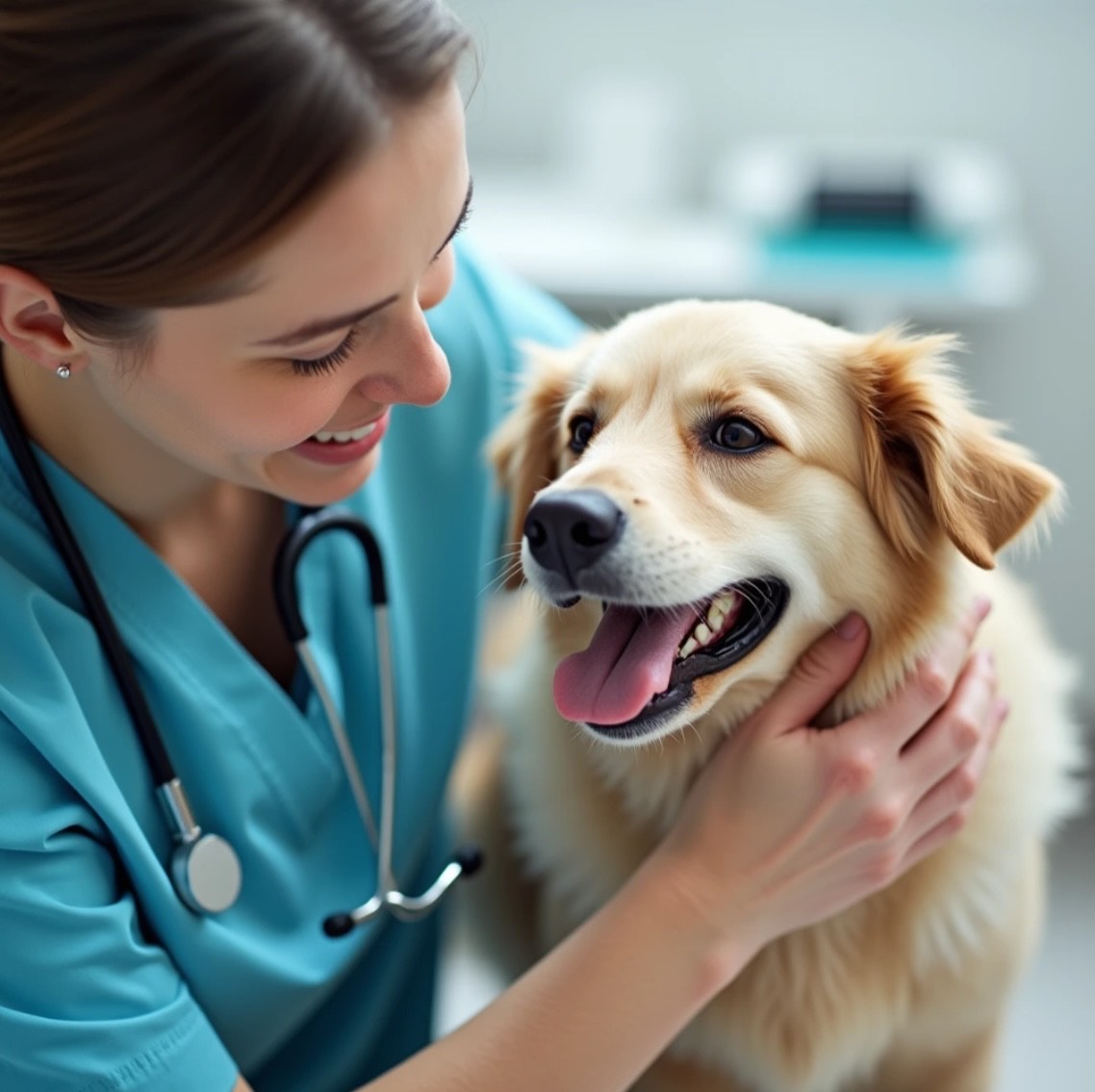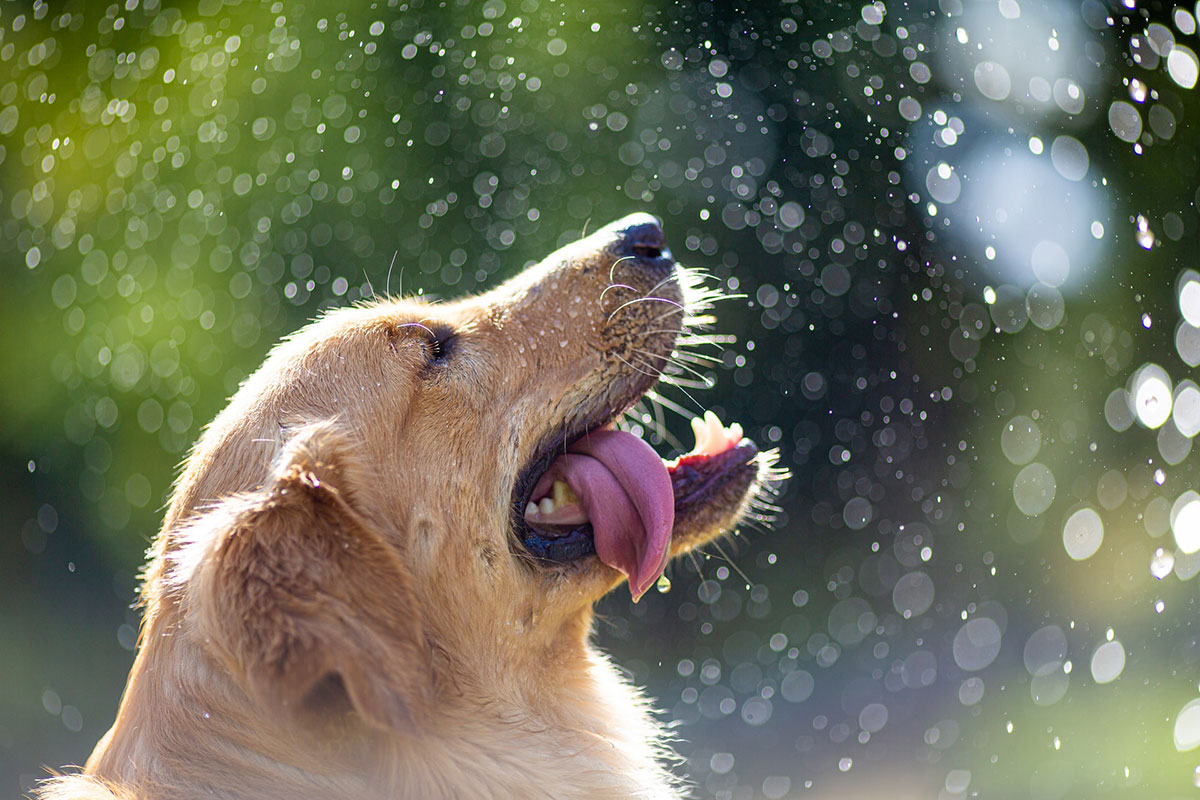Dogs bring unconditional love and joy into our lives, but taking care of them requires commitment and responsibility. From nutrition to exercise, grooming, and veterinary care, every aspect of their well-being plays a crucial role in ensuring they live a happy and healthy life. In this guide, we’ll explore the essential aspects of taking care of your dog, helping you become the best pet parent possible.
1. Providing a Balanced Diet 

Why Nutrition Matters
A dog’s health starts with what they eat. Providing a high-quality, balanced diet tailored to their age, size, and breed is essential for their growth and well-being.
What to Feed Your Dog
 High-quality protein (chicken, beef, fish)
High-quality protein (chicken, beef, fish)
 Healthy fats (omega-3 and omega-6 from fish oil or flaxseed)
Healthy fats (omega-3 and omega-6 from fish oil or flaxseed)
 Complex carbohydrates (sweet potatoes, brown rice)
Complex carbohydrates (sweet potatoes, brown rice)
 Fresh vegetables (carrots, spinach, green beans)
Fresh vegetables (carrots, spinach, green beans)
 Avoid toxic foods: Chocolate, grapes, onions, and artificial sweeteners (like xylitol).
Avoid toxic foods: Chocolate, grapes, onions, and artificial sweeteners (like xylitol).

2. Ensuring Proper Hydration 

Dogs need access to clean, fresh water at all times to stay hydrated and maintain healthy organ function. Keep their water bowl clean and refill it frequently, especially in hot weather or after physical activity.

3. Daily Exercise and Mental Stimulation 

Physical Exercise
Dogs of all breeds need regular exercise to maintain a healthy weight and prevent behavioral issues. The level of activity depends on their breed and age:
 Small dogs (Chihuahuas, Pugs): 20–30 minutes of walking per day
Small dogs (Chihuahuas, Pugs): 20–30 minutes of walking per day
 Medium dogs (Beagles, Cocker Spaniels): 45 minutes per day
Medium dogs (Beagles, Cocker Spaniels): 45 minutes per day
 Large dogs (Labradors, German Shepherds): 1–2 hours of activity per day
Large dogs (Labradors, German Shepherds): 1–2 hours of activity per day
Mental Stimulation
Mental enrichment is just as important as physical exercise.
 Puzzle toys
Puzzle toys 
 Obedience training
Obedience training 
 New walking routes
New walking routes 

4. Regular Grooming and Hygiene 

Proper grooming keeps your dog’s coat healthy and prevents skin infections.
 Brushing: Reduces shedding and prevents matting (frequency depends on coat type).
Brushing: Reduces shedding and prevents matting (frequency depends on coat type).
 Bathing: Use dog-friendly shampoo and bathe only when needed.
Bathing: Use dog-friendly shampoo and bathe only when needed.
 Nail trimming: Prevents overgrowth and discomfort.
Nail trimming: Prevents overgrowth and discomfort.
 Ear cleaning: Reduces the risk of infections.
Ear cleaning: Reduces the risk of infections.

5. Veterinary Care and Vaccinations 

Regular vet checkups are essential to detect health problems early and ensure vaccinations are up to date.
 Annual vet visits for general health screening
Annual vet visits for general health screening
 Core vaccinations (rabies, distemper, parvovirus)
Core vaccinations (rabies, distemper, parvovirus)
 Parasite prevention (flea, tick, and heartworm prevention)
Parasite prevention (flea, tick, and heartworm prevention)

6. Creating a Safe and Comfortable Living Space 

 Provide a cozy dog bed in a quiet area.
Provide a cozy dog bed in a quiet area.
 Keep dangerous items (toxic plants, small objects) out of reach.
Keep dangerous items (toxic plants, small objects) out of reach.
 Use baby gates to restrict access to unsafe areas.
Use baby gates to restrict access to unsafe areas.

7. Socialization and Training 

Dogs need to be exposed to different people, pets, and environments to develop good behavior.
 Early socialization: Helps reduce fear and aggression.
Early socialization: Helps reduce fear and aggression.
 Obedience training: Basic commands like “sit,” “stay,” and “come” improve behavior.
Obedience training: Basic commands like “sit,” “stay,” and “come” improve behavior.
 Positive reinforcement: Reward good behavior with treats and praise.
Positive reinforcement: Reward good behavior with treats and praise.

8. Monitoring Your Dog’s Health 

Look out for signs of health issues:
 Changes in appetite or weight
Changes in appetite or weight
 Excessive scratching or licking
Excessive scratching or licking
 Lethargy or unusual behavior
Lethargy or unusual behavior

Conclusion
Taking care of a dog requires patience, love, and dedication. By providing proper nutrition, exercise, grooming, and medical care, you ensure a long, happy life for your furry friend.
 Tip: Always consult a veterinarian for specific advice about your dog’s health and well-being.
Tip: Always consult a veterinarian for specific advice about your dog’s health and well-being.





